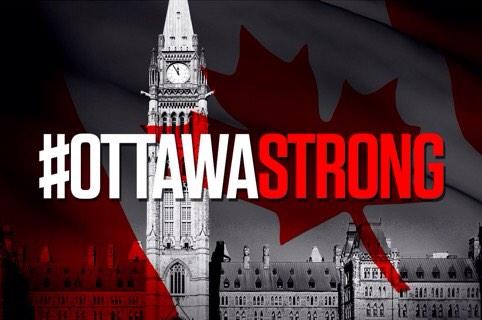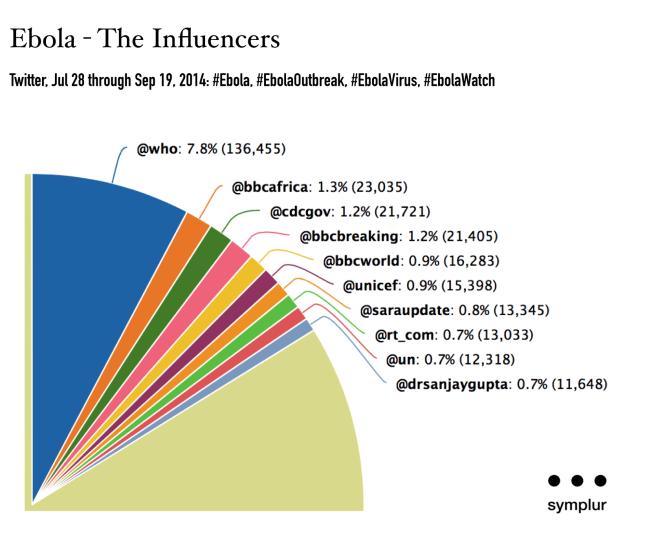As many other poeple, I was thoroughly fascinating by the ongoing incident. As a professional communicator, I paid particular attention to how emergency information was being handled by the key parties involved: the RCMP, the Ottawa Police, the Prime Minister's Office and others.
Seven observations or questions popped up in my mind.
- When (or even why) should you do on-site media briefing(s) ... to bridge the gap between the almost immediate response online (@ottawapolice was phenomenal) and the more formal news conference (which in this case followed about 4 hours after the event started ... might be considered a tad long) (although it must be said the Ottawa Police PIOs did a very good job talking to individual TV/radio outlets via phone) ... I'm just thinking that a PIO presence onsite ... where reporters were gathered (and often speculating) might have been useful.
- If you're going to wait a few hours and then decide to have a media conference ... how do you make the decision to just go with statements and not to take questions .. or start a Q and A session when you know you won't be able to answer any of the relevant questions (more than 1 shooter? was it the same person? do you have a name?) All the questions reporters desperately need to beef up their story after four hours or so ... I personally would have gone with short statements ... and told the gathered media ...more briefings would be coming ... establish a schedule and then take questions as more facts become known ...
- Is four hours too long for a formal statement or media briefing in the age of social convergence when new imperatives guide incident communications? A recent post of mine was made even more relevant by yesterday's events. Fortunately, things went a bit faster when time came to warn employees/staff on the Hill and around Parliament:
At 11 a.m. the Government Operations Centre emailed government employees that "a situation is unfolding that compels all employees to shelter-in-place. For employees' and your own safety, PCO (Privy Council Office) is requesting that employees DO NOT exit their building until further notice and are to wait until they receive further instructions.
- Another question that came to my mind (and I don't have an answer ...) is how to coordinate info provided by multiple sources (often at the same time) through social networks (mostly Twitter) ? Could lead to confusion ... but that's why joint exercises including validation of your social media protocols ...
- Another key question ... social networks (and the fact that everyone with a smartphone and a twitter account is now a reporter) make next-of-kin notification a nightmare for police services. Especially when senior officials break the news of a death ... before any official law enforcement forces do ...It's a bad thing when politicians get involved ... or jump the gun
Condolences to family of the soldier killed, & prayers for the Parliamentary guard wounded. Canada will not be terrorized or intimidated.
- Another question: how to curb the enthusiasm of witnesses who share info on police operations, dispositions, show pictures or videos ... perhaps compromising the response of law enforcement and operational security?
Ottawa Police retweeted· Members of the public are asked not to post videos or photos of the on-going incident to ensure safety of first responders and the public
While at the same time ... encouraging witnesses to come forward ... with pictures and videos ...
Ottawa Police retweetedAnyone who has pics or videos of the sequence of events, surrounding today's shootings send to police at this link http://rcmp.ca/-hSn
- Finally, there was a veritable deluge of tweets and posts while all this was going on. Tweetdeck, Geofeedia and Hootsuite proved useful.
Every
time something like this happens, I learn more about how to properly conduct a real-time social listening operation: running a
geo-fenced searched updated constantly, finding the right hashtag/keywords to
monitor, determining who the credible and prolific sources are, dealing with
retweets, etc... it may be difficult but IT MUST BE DONE!
In addition, there is only one real lesson in the events on Wednesday:
it'll take more than one crackpot with a gun to shake the confidence of a
nation.













